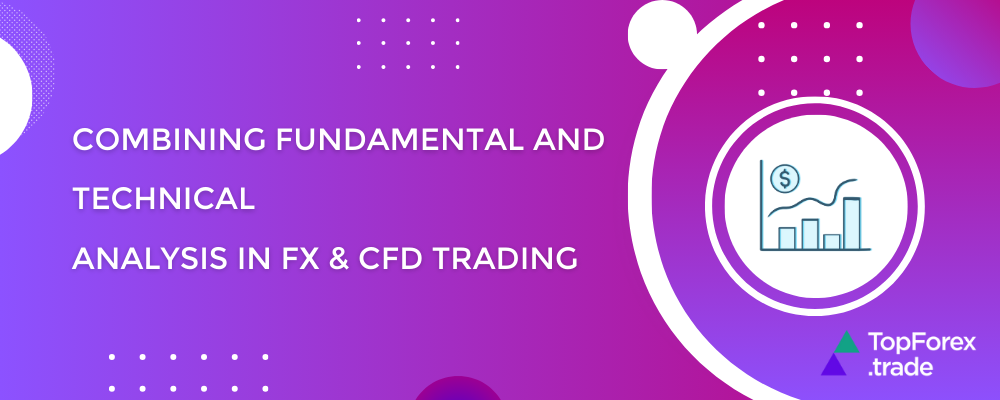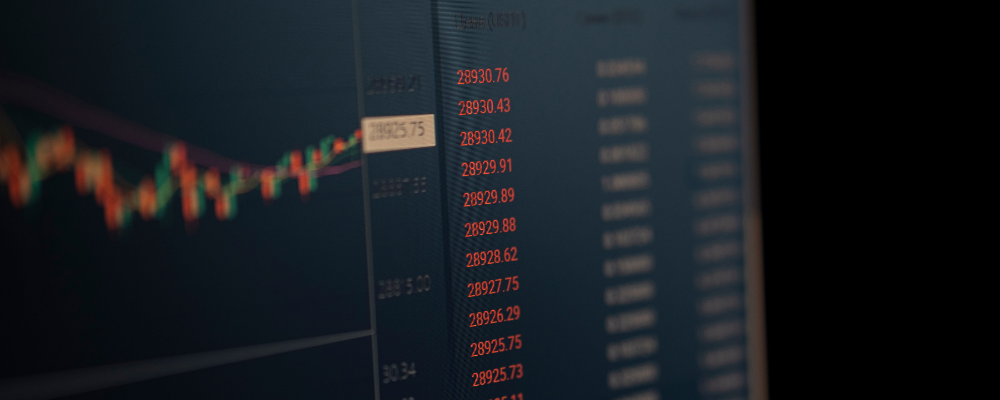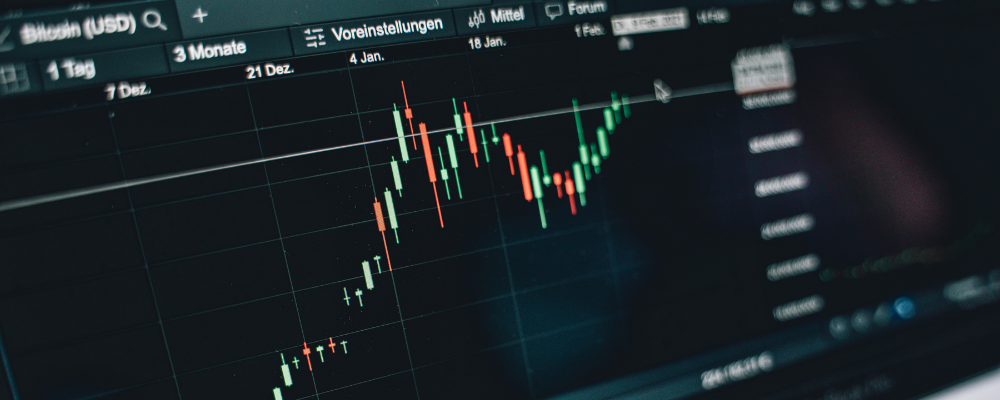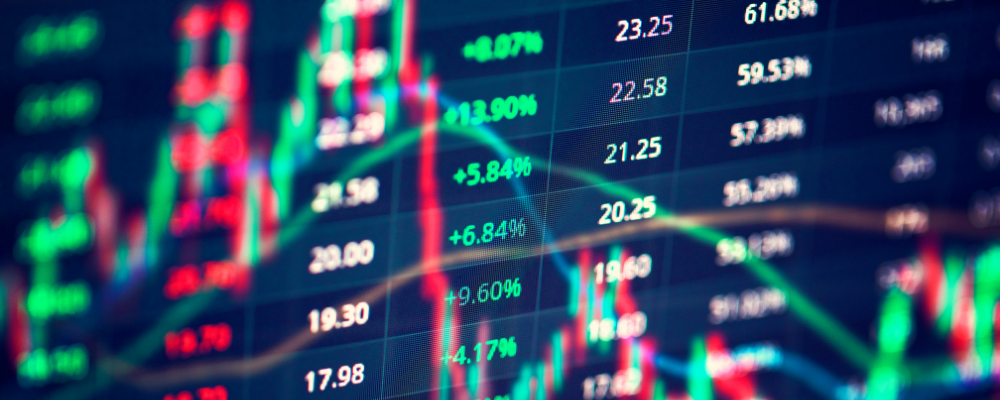The ultimate guide to combining Fundamental and Technical analysis in FX

Combining Fundamental and Technical analysis is key to smarter Forex and CFD trading. Fundamental analysis looks at big-picture factors like economic news and policies, while Technical analysis focuses on charts and indicators to spot trends. Together, they give a clearer view of the market. This guide will show you how to blend these methods for better trading decisions.
What are Fundamental and Technical analyses?

Fundamental analysis: This approach examines economic, political, and financial factors that influence market prices. It helps traders understand the broader context of price movements.
Read more: Forex Fundamental analysis for traders: methodology and key economic indicators
Key tools:
- Economic indicators (e.g., GDP, unemployment rate, inflation)
- Central bank policies and interest rates
- News events and geopolitical developments
Technical analysis: This method focuses on historical price data and market behavior to predict future trends. It provides precise entry and exit points.
More about: Technical analysis for Forex traders: charts and trading patterns
Key tools:
- Candlestick Patterns: Visualize price movements to identify trends and reversals.
Examples: Doji (indecision), Hammer (reversal), Engulfing patterns (strong reversals). - Moving Averages (MA): Smooth out price data to identify trends.
Uses: Spot uptrends/downtrends; crossovers signal buy/sell opportunities. - Relative Strength Index (RSI): Oscillator that identifies overbought (>70) and oversold (<30) conditions.
- MACD: Measures momentum and trends using EMAs and histogram crossovers.
- Chart Patterns: Price formations signaling trend continuation or reversal.
Examples: Flags, pennants (continuation); head & shoulders, double tops (reversal). - Fibonacci Retracement: Horizontal levels (e.g., 38.2%, 61.8%) to find support and resistance.
- Bollinger Bands: Indicate volatility; price near bands may signal overbought/oversold conditions.
- Support & Resistance: Key price levels for potential market turning points or consolidation.
How to combine Fundamental and Technical analysis in FX: strategies

1. Use fundamentals to identify the trend and technicals for timing
Strategy: Use fundamental data like economic reports or central bank decisions to determine the market’s broader direction. Apply technical tools to pinpoint precise entry and exit points.
Example:
- Fundamentals: The Federal Reserve announces an interest rate hike, signaling potential USD strength.
- Technicals: Look at the USD/JPY pair. If it’s trading above a key Moving Average, it confirms an uptrend. Use a Fibonacci retracement level for entry and RSI to avoid overbought zones.
2. Trade news events with technical confirmation
Strategy: React to high-impact news releases but wait for technical indicators to confirm market sentiment and minimize risk.
Example:
- Fundamentals: The European Central Bank announces quantitative easing, weakening the EUR.
- Technicals: After the news, EUR/USD breaks a key support level. Use MACD to confirm bearish momentum and set a target based on previous support levels.
3. Align technical breakouts with fundamental catalysts
Strategy: Use fundamental events to validate technical breakouts or breakdowns.
Example:
- Fundamentals: Positive GDP growth figures for Australia suggest a bullish AUD outlook.
- Technicals: AUD/USD forms an ascending triangle. A breakout above resistance aligns with the positive GDP data, signaling a strong buy opportunity.
4. Risk management during volatility
Strategy: Adjust risk management strategies based on fundamental triggers and technical levels.
Example:
- Fundamentals: Geopolitical tensions spike volatility in crude oil markets.
- Technicals: Use Bollinger Bands to set tight stop-loss orders near key support or resistance levels to minimize losses if volatility causes unexpected price swings.
5. Combine sentiment analysis with technical indicators
Strategy: Monitor market sentiment driven by fundamentals and confirm trade entries using technical analysis.
Example:
- Fundamentals: Rising unemployment in the US dampens market sentiment for the USD.
- Technicals: Confirm bearish sentiment using a downward crossover in MACD on the USD/CHF chart before entering a short position.
6. Pair correlation and divergence
Strategy: Analyze fundamentals affecting correlated pairs and validate trade setups with technical analysis.
Example:
- Fundamentals: Positive US data strengthens the USD, typically weakening gold.
- Technicals: While gold forms a head-and-shoulders pattern, USD/JPY breaks out of a bullish flag, confirming the inverse relationship and supporting both trades.
7. Long-term fundamentals, short-term technical adjustments
Strategy: Use fundamentals for long-term positioning and technicals to refine short-term adjustments.
Example:
- Fundamentals: Forecasts suggest prolonged Eurozone economic slowdown. Take a long-term bearish stance on EUR/USD.
- Technicals: Use RSI and MACD for short-term buy setups during corrective rallies to capitalize on temporary pullbacks.
Combining Fundamental and Technical analysis case study: EUR/USD during ECB rate decision

Scenario: The European Central Bank (ECB) announces a dovish stance, suggesting interest rates will remain low. This fundamental outlook implies a bearish trend for EUR/USD.
Step 1: Analyze the fundamentals
Read ECB statements and assess their implications. The dovish tone points to potential Euro weakness.
Step 2: Confirm with technicals
Look for a break below a key support level on the daily chart. Use RSI to confirm bearish momentum and MACD for trend alignment.
Step 3: Execute the trade
Enter a short position after the breakout, setting stop-loss just above the broken support level. Use Fibonacci extensions to target a profit zone.
The best Forex brokers
The right broker can enhance your ability to combine fundamental and technical strategies by offering advanced charting tools, real-time market data, and reliable execution. Here’s a list of brokers that provide the essential features to support your trading approach.
XTB FX trading
XTB is a highly regarded Forex broker, trusted by traders in over 190 countries for its commitment to security and transparency. Regulated by leading authorities such as the FCA, CySEC, and KNF, it ensures a secure and reliable trading experience. With cutting-edge platforms like xStation and MetaTrader 4, XTB offers smooth access to a wide variety of currency pairs. Catering to traders of all levels, it provides flexible account types, including Standard and swap-free options, to suit different strategies and preferences.
BlackBull FX trading
BlackBull Markets is a leading broker, ideal for trading volatile currency pairs. Featuring advanced MT4 and MT5 platforms, it provides traders with powerful analytical tools to make the most of dynamic market conditions. Known for its user-friendly approach, BlackBull Markets delivers outstanding customer support and educational resources, making it a great choice for both beginners and experienced traders. With a strong focus on security and transparency, it offers a reliable environment for those looking to navigate the opportunities of high-volatility Forex markets.
Exness FX trading
Exness is a favored broker among traders, offering a wide variety of instruments, including currency pairs, commodities, indices, cryptocurrencies, and CFDs. Regulated by the FCA in the UK and CySEC in Cyprus, it ensures a secure and reliable trading environment. With competitive spreads across both Standard and Professional accounts, Exness caters to a range of trading styles. The broker stands out for its excellent customer support, available via email, live chat, and phone. Featuring advanced platforms like MetaTrader 4 (MT4) and MetaTrader 5 (MT5), Exness delivers a seamless and feature-rich trading experience.
OANDA FX trading
OANDA is a well-respected online broker known for its exceptional customer service and secure trading environment. Offering competitive spreads and flexible leverage options, it supports a wide range of trading strategies and risk preferences. Traders can choose between the widely used MetaTrader 4 platform or OANDA’s proprietary platform, OANDA Trade, which features advanced charting tools and support for algorithmic trading. Additionally, OANDA enhances the trading experience with valuable resources like daily and weekly market analysis, Forex news, and expert insights to keep traders informed and confident.
XM FX trading
XM Group is a trusted broker for trading volatile currency pairs, known for its low minimum deposits and secure trading environment. Regulated by respected authorities such as CySEC and the FCA, it ensures client safety with features like two-step authentication. XM Group offers a broad selection of assets, including Forex, stocks, commodities, and indices, making it suitable for traders of all experience levels. With competitive spreads, multiple account options, and an intuitive platform, XM Group is well-equipped to support traders navigating high-volatility markets.
Related articles:
Combining fundamental and technical analysis - FAQ